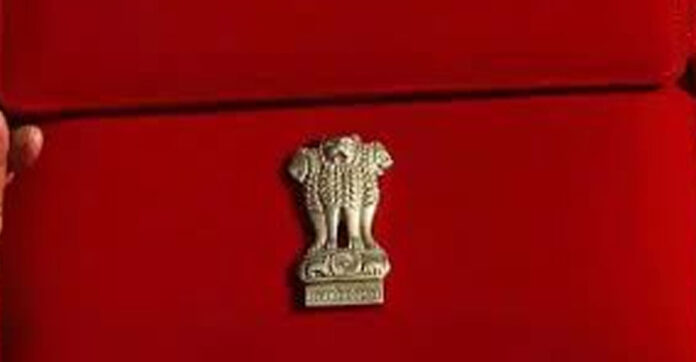
In her Budget speech, Finance Minister Nirmala Sitharaman proposed reducing customs duties on gold and silver from 10% to 6% to enhance domestic value addition in gold and precious metal jewelry. While this move is intended to boost gold demand, reduce smuggling, and support the gold industry, it could adversely impact India’s trade balance, given the country’s status as a major net importer of gold. Gold constitutes 15.5% of total Indian household assets as of March 2023, ranking second only to real estate, which holds 50.7%. Other assets include bank deposits (14%), insurance funds (5.9%), provident and pension funds (5.8%), equities (4.7%), and cash (3.4%).
The Budget also incentivizes investment in key asset classes held by Indian households. The Finance Minister has reduced the long-term capital gains (LTCG) tax on property sales from 20% to 12.5%, though the indexation benefit for properties bought before April 1, 2001, will be based on either the actual purchase price or the fair market value as of April 1, 2001. Niranjan Hiranandani, founder and managing director of Hiranandani Group, believes these changes will attract investors back into real estate.
Stock markets reacted negatively to the Budget, with the Sensex dropping up to 1,278 points intraday before partially recovering. “The increase in short-term capital gains (STCG) tax to 20% and LTCG to 12.5% is a significant blow, and we should expect a negative reaction in the short term,” said Sanjay Sinha, founder of Citrus Advisors. Despite the increase in STCG and LTCG on equities, the Sensex recovered somewhat due to the trimmed fiscal deficit target of 4.9% and Capex allocations meeting market expectations.
The Budget also aims to curb speculative activity in the futures and options (F&O) market by increasing the securities transaction tax (STT) on options to 0.1% and on futures to 0.02%. However, the rise in LTCG and STCG may deter long-term savings in the stock market, particularly among millennials.
Personal income taxpayers, especially salaried employees, received some relief with an increased standard deduction of Rs 75,000 (up from Rs 50,000) and changes to tax slabs under the new tax regime, potentially saving up to Rs 17,500 in income taxes. Critics argue that given increased tax compliance and collections, the finance minister could have been more generous and reduced the number of tax slabs from six to three or four for greater taxpayer relief.
Additionally, the Finance Minister announced three schemes to boost employment, with Rs 2 lakh crore allocated for job creation over the next five years. Scheme A involves direct benefit transfers of up to Rs 15,000 in three installments to first-time employees registered with the Employees’ Provident Fund Organisation (EPFO). Scheme B focuses on job creation in manufacturing, while Scheme C provides reimbursement to employers of up to Rs 3,000 per month for two years for each additional employee. The effectiveness of these schemes will depend on their implementation and perceived value by employers.





